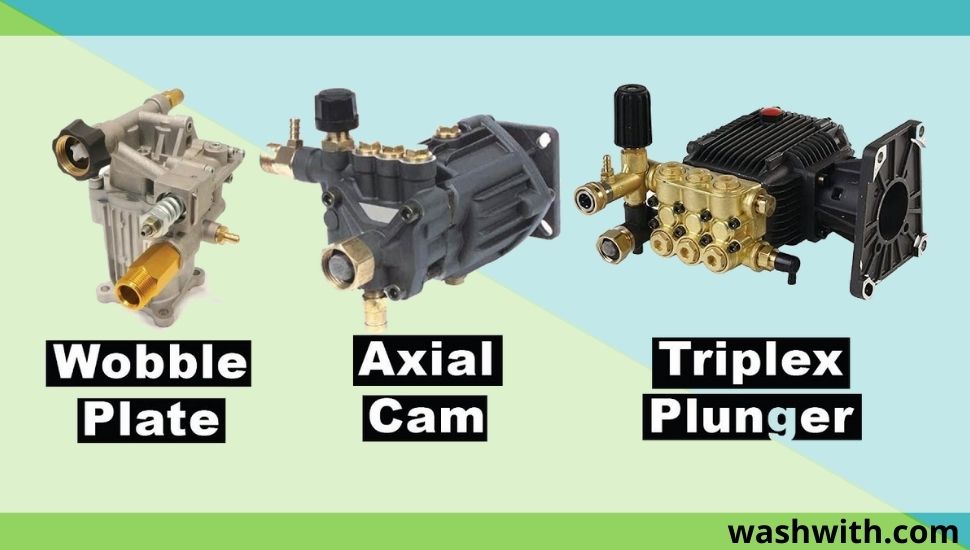A pressure washer pump is the heart of any gas or electric-powered pressure washer. A quality pump will have a longer life expectancy, last for many years without needing maintenance or repair, and provide more cleaning power than lower quality pumps.
There are different types of pumps that use different flow rates and water pressures. Hence allowing you to choose which type of pump is best suited for your needs:
Axial Pumps– The First Stage
An axial pump has one cylinder and moves water or other liquids using a piston with one moving part. The movement is produced by using hydraulic seals to force fluids through an opening in the cylinder wall.
It’s important to note that there are no valves involved in this process because it wouldn’t be cost-effective to have moving parts on both sides of the piston. This type of pump doesn’t require much maintenance aside from replacing worn hydraulic seals every two years or so depending on usage.
Axial pumps are more common than triplex pumps, primarily because they’re smaller and less expensive.
Axial Pumps- The Second Stage
This type of pump is often referred to as being either single-stage or two-stage depending on the number of pistons they have. A single-stage pump has one piston, while a two-stage pump has two pistons.
Two-stage pumps are more expensive than single-stage pumps because they can push through liquids that are even thicker and denser. The advantage is that you get significantly better flow at low pressure. But this comes with the tradeoff of using up more energy when you need higher pressures.
Triplex Pumps
You might see triplex pumps referred to as three-stage or even four-stage in some places. It’s important not to get these pumps confused with two-stage pumps because they’re completely different.
Triplex pumps have more cylinders than a single or double stage pump and have valves that open and close at specific points to control the flow of liquids. The pistons in triplex pumps are typically smaller than those in a two-phase pump but larger than those found in a single-phase pump.
In order to achieve maximum pressure, you need clean oil on all moving parts. Moreover, it’s important to store this type of pump indoors when it isn’t being used.
How Do I Know If My Pump Is Broken?
You’ll know if your pump has gone bad because you won’t be able to get any pressure out of it. And the other thing you’ll notice is a lot of noise.
If you’re using a metal-bodied electric pressure washer, you should also feel some vibration as well as hear the noise from the pump.
Look out for any leaks too because this might be a sign that your pump seals are gone. Moreover, if there is an unusual hissing noise then it’s a pretty good indication that there’s a leak somewhere on the unit. So now it’s time to replace your pressure washer pump for good.
Are There Any Other Issues I Might Have With My Pressure Washers Pump?
It’s possible that the problem isn’t with your pressure washer at all. It could have been caused by debris being drawn into the intake hose. Try removing the hose from its storage location to see if there’s any dirt or other materials that would cause this issue along with the broken pump.
In the event that you don’t find anything there, it’s best to check your pump oil. Replace any used or dirty oil with fresh fluid before starting up your pressure washer again.
Also, if you were using a chemical cleaner when this happened, try running clean water through for a while. This will wash out all of the chemicals so they don’t affect the metal parts in your unit. This will also help prevent scale buildup because hard water leaves mineral deposits that can cause damage over time.




